Author: David Schalliol
-

Two Years in Massachusetts
From 2013 to 2015 I split my time between Cambridge, Massachusetts and Chicago. Rather than work on a major project in the Boston area, I mainly used my time there to write my dissertation and focus other projects, including organizing and editing my work for Affordable Housing in New York and the Telescope Houses of…
-
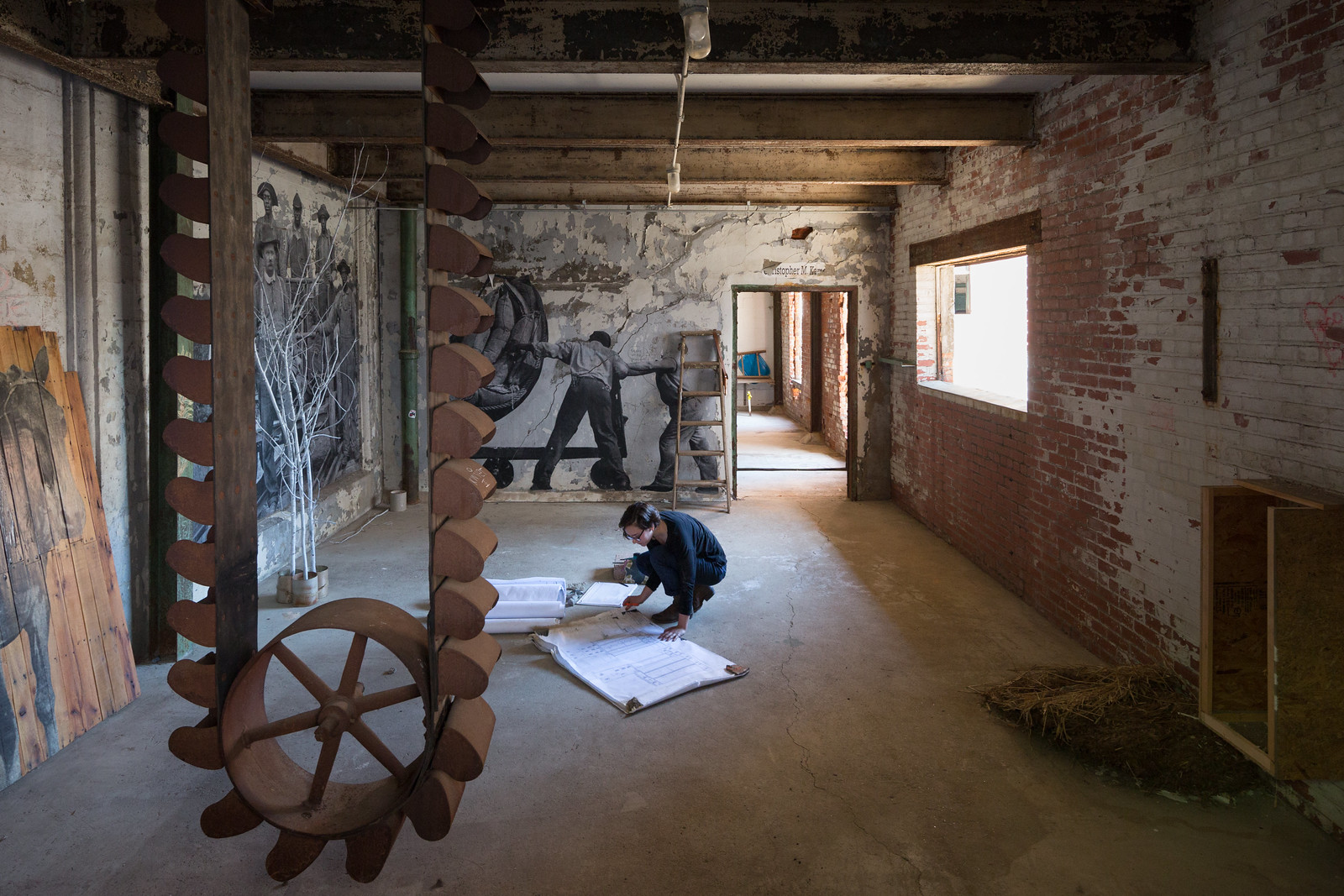
Buffalo, New York and Exhibiting The Telescope Houses
After working on the Telescope Houses of Buffalo, New York for the last three years, I happily showed the series in Buffalo for the first time last weekend at Dennis Maher’s The Fargo House gallery. When I wasn’t at the gallery, I continued shooting the project and supplemented earlier photographs of the city with new…
-
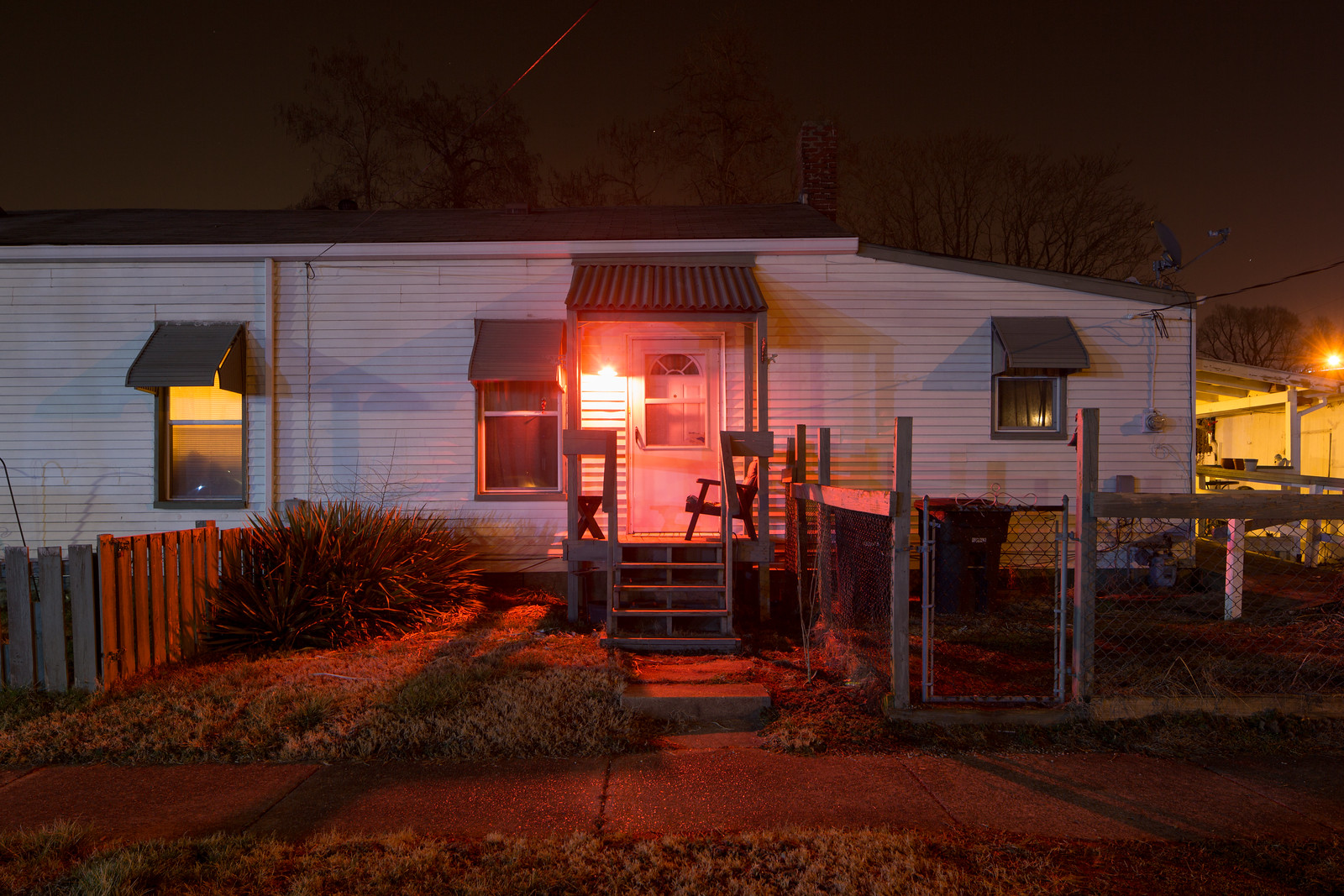
The Ohio River in Kentuckiana
I spent last weekend in the small Indiana cities that share the banks of the Ohio River with Louisville. Like many small towns along the river, the settlements have surprisingly long histories, with founding dates reaching back into the late 1700s. Over these some 200 years, the Ohio repeatedly left its imprint on the cities.…
-
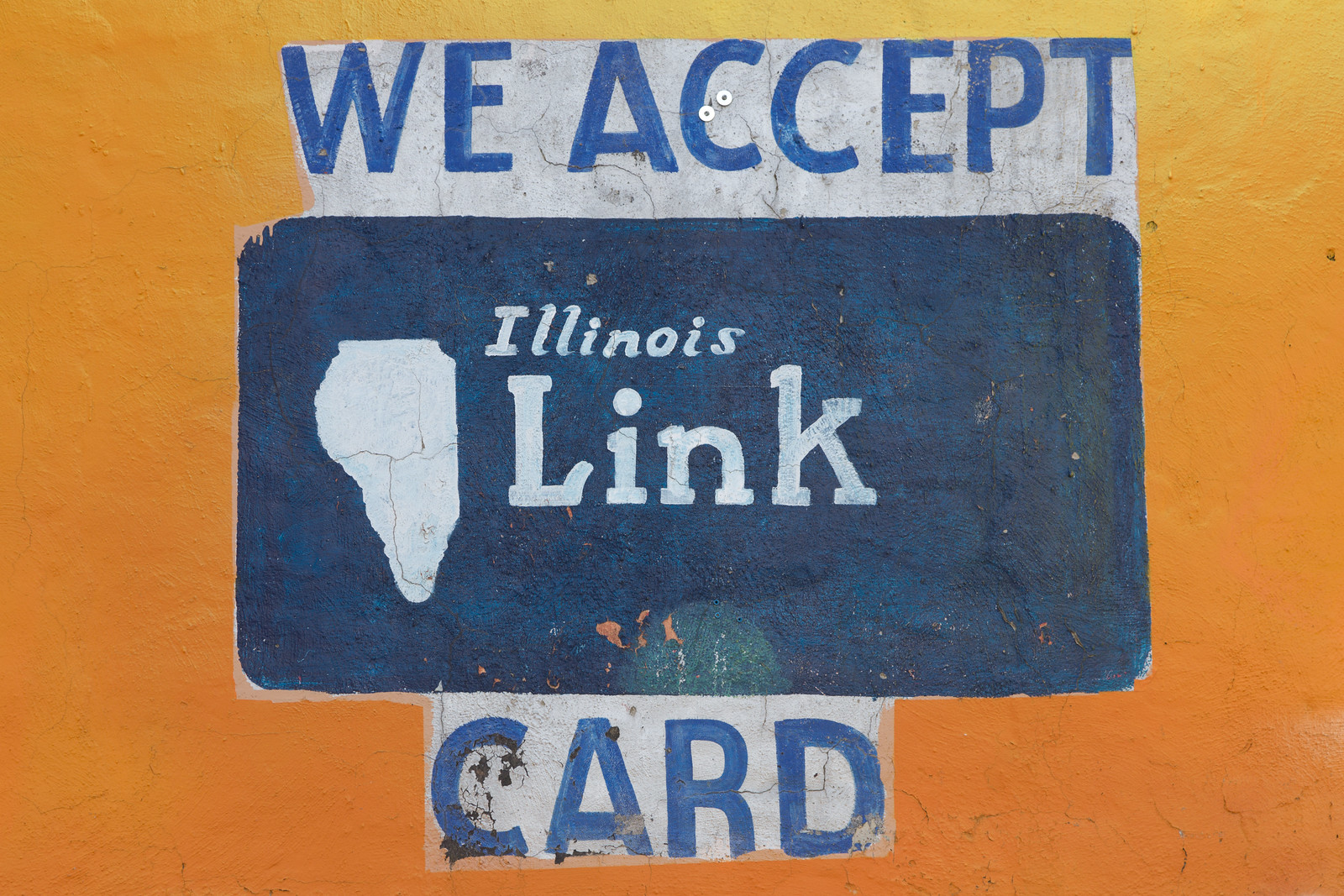
An Alternative Geography of Illinois
There must be more maps of Illinois displayed on Chicago’s South and West Sides than anywhere else in the state. The hand-painted illustrations are rendered on store walls and windows with thick house paint, spray paint, and even airbrushing. Some maps are remarkably accurate, while others more closely resemble teeth, Africa, or even Castellane pasta.…
-
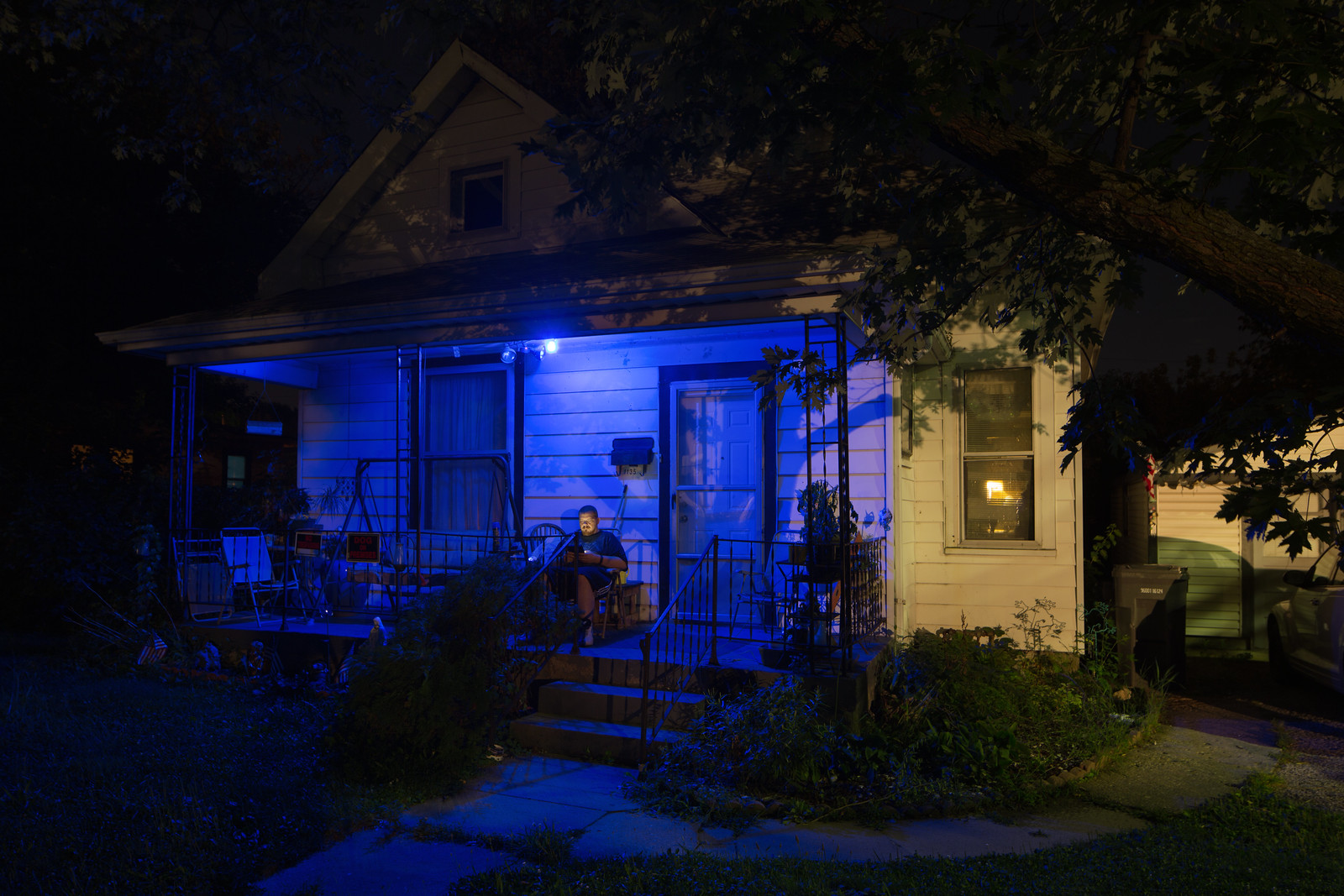
Another Year, Another City
2015 was another year of change. After splitting my time in Chicago and Cambridge over the last couple of years, it’s time to add another city into the mix. Since August, I have been hopping between Chicago and Minneapolis, where I am now an assistant professor of sociology at St. Olaf College. Even with the…
-
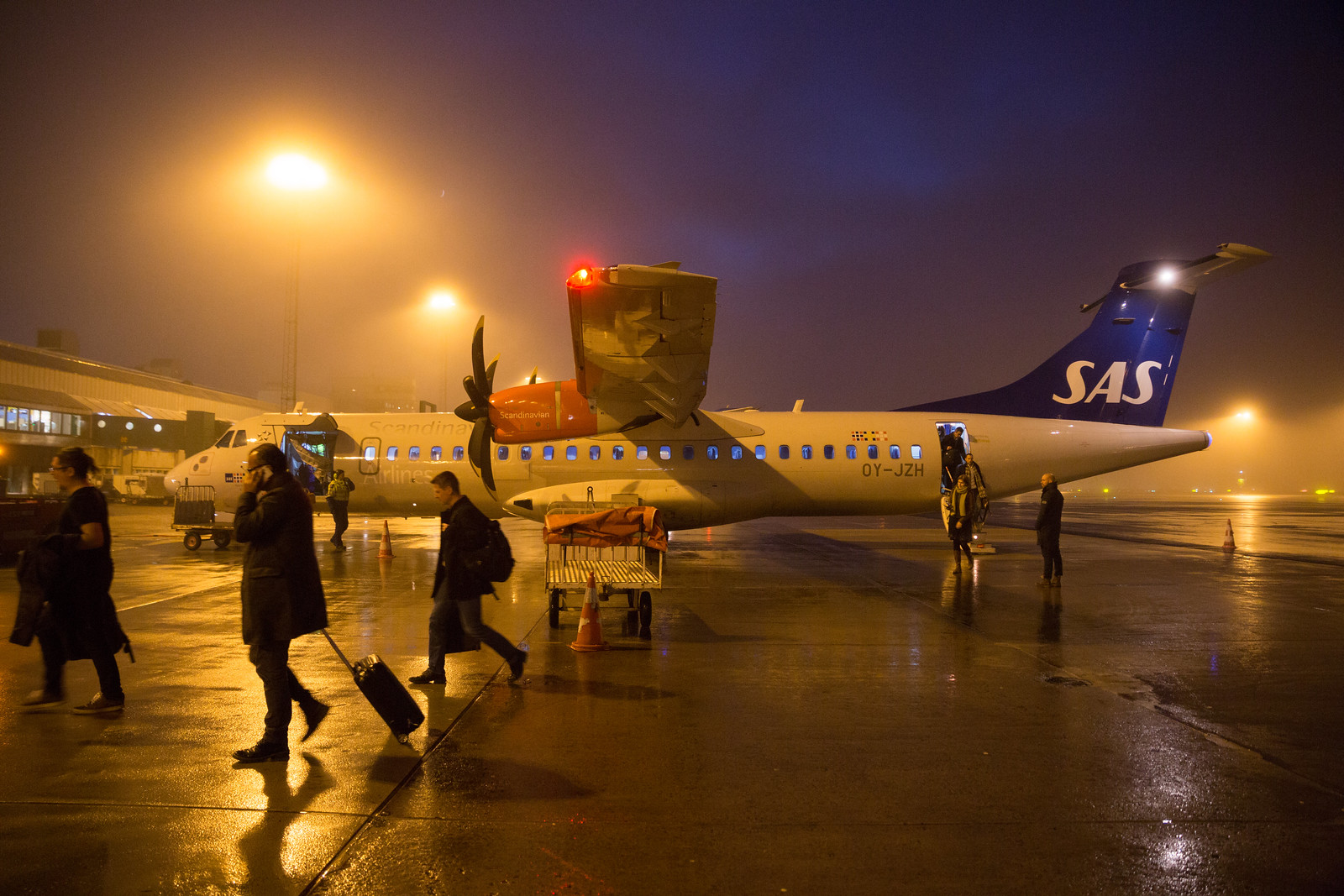
Sweden and Norway
Last week I traveled through southern Norway and Sweden. Since it was my first visit to Scandinavia, I decided to get a broad sense of the place, rather than work on a specific project. The below photographs are a few of my favorite images of city landscapes that are/were especially important for each city’s past…